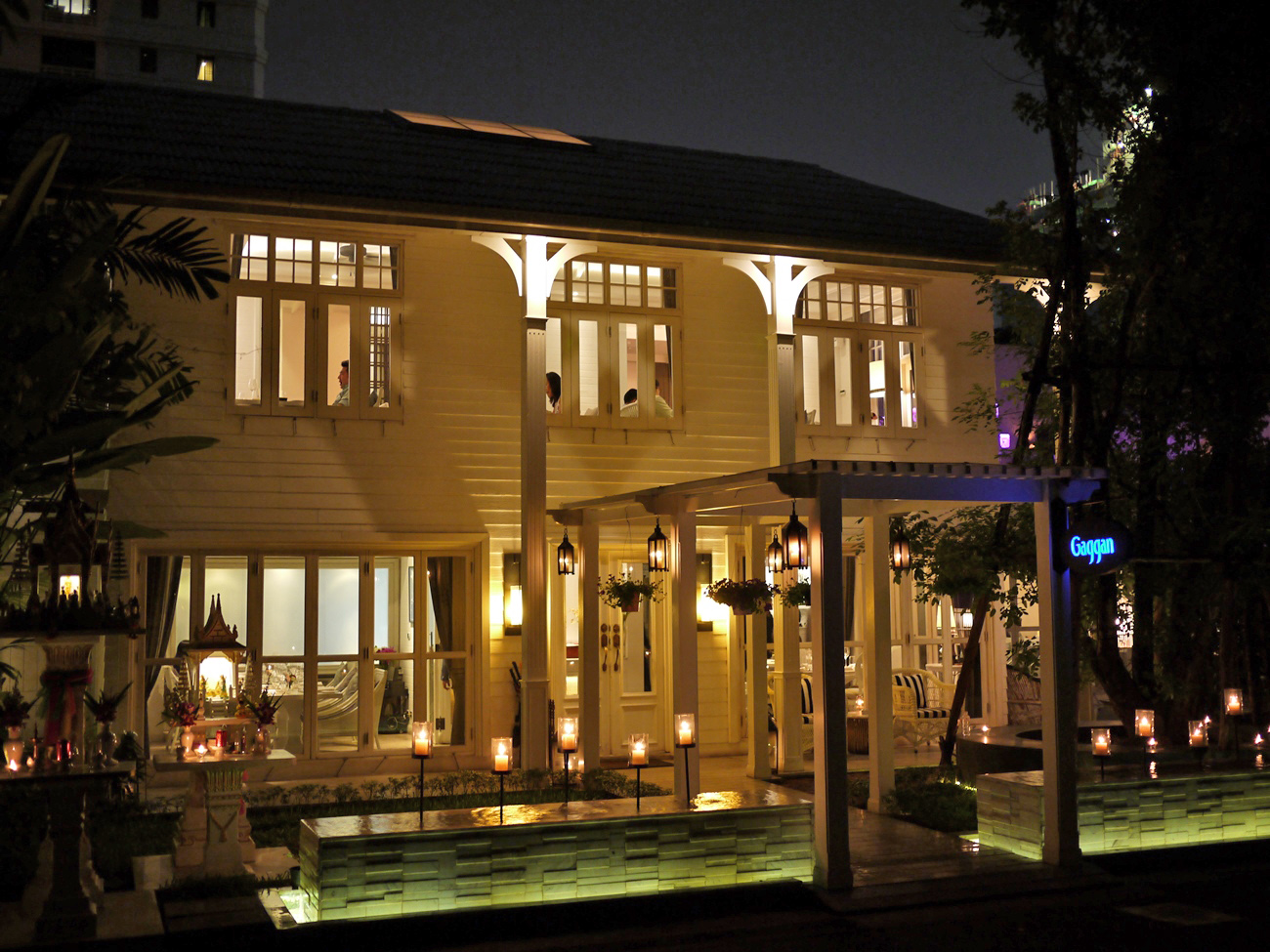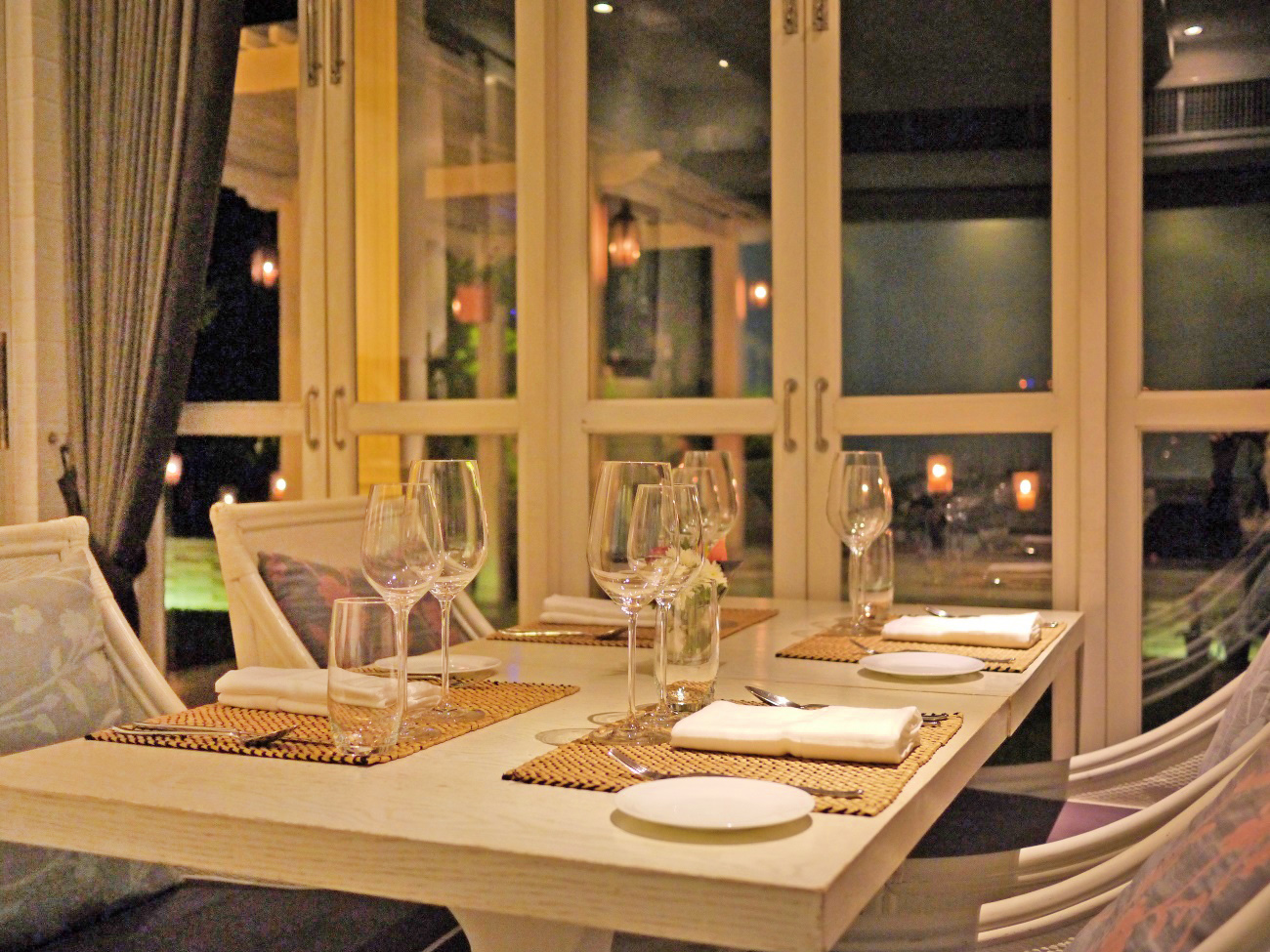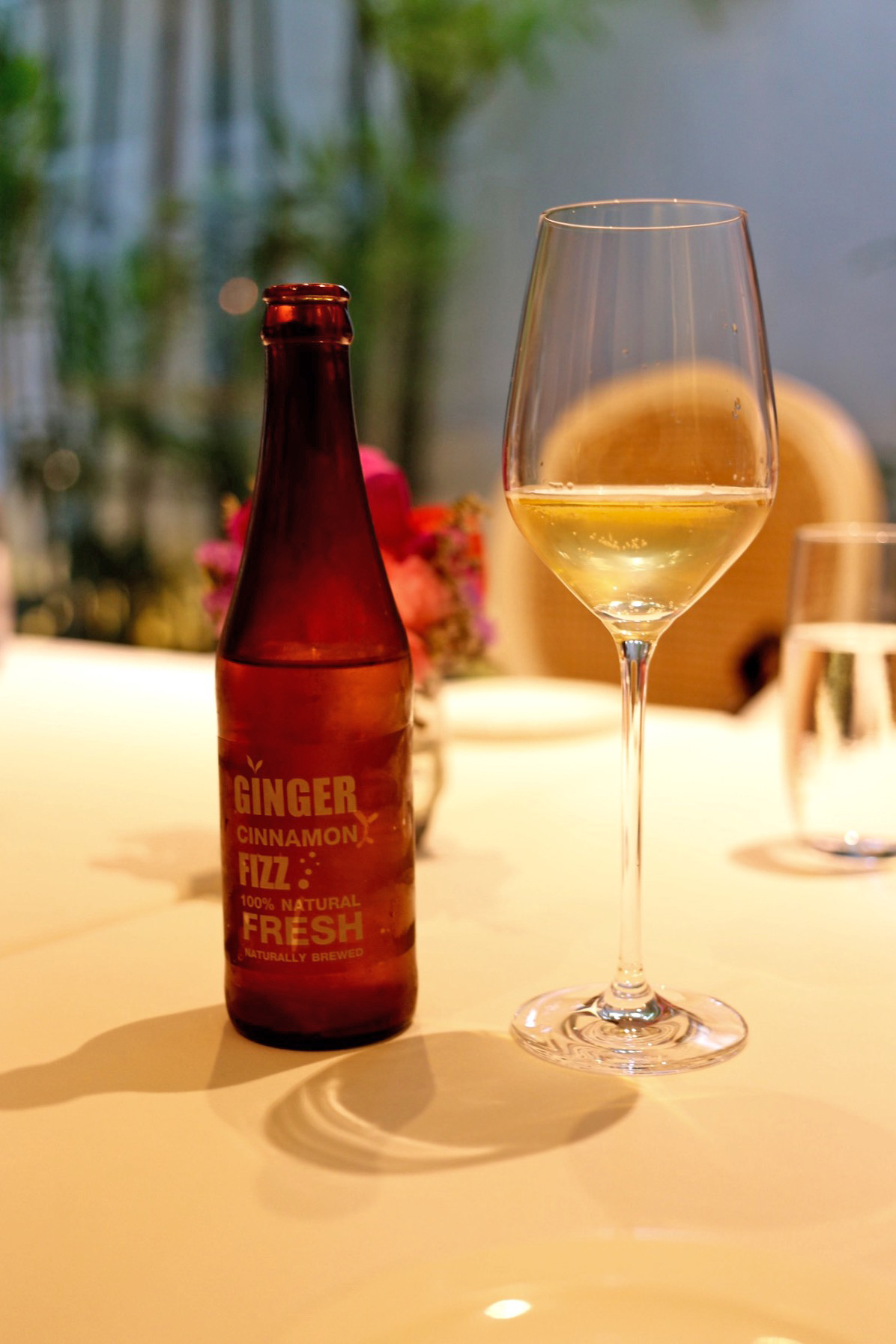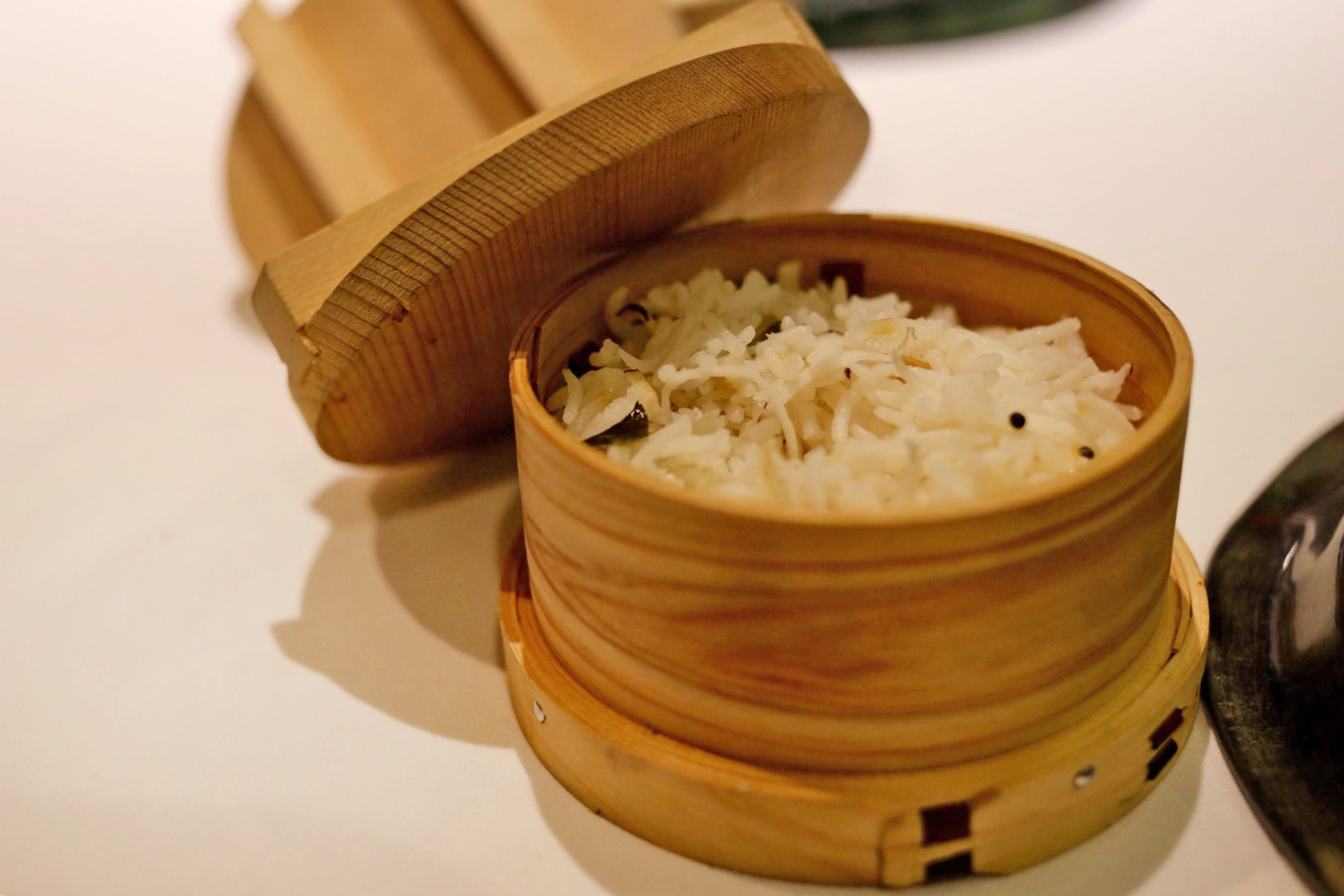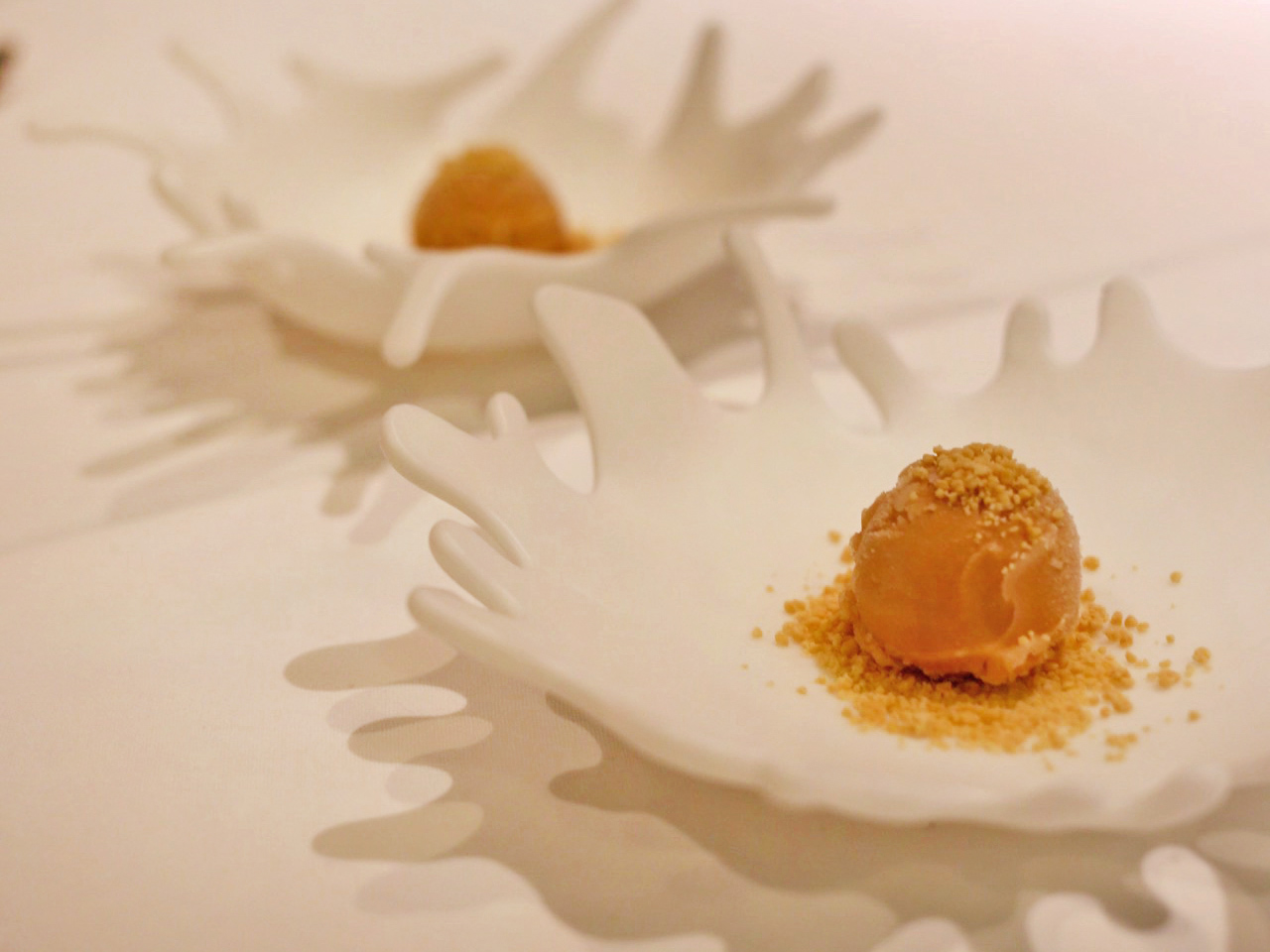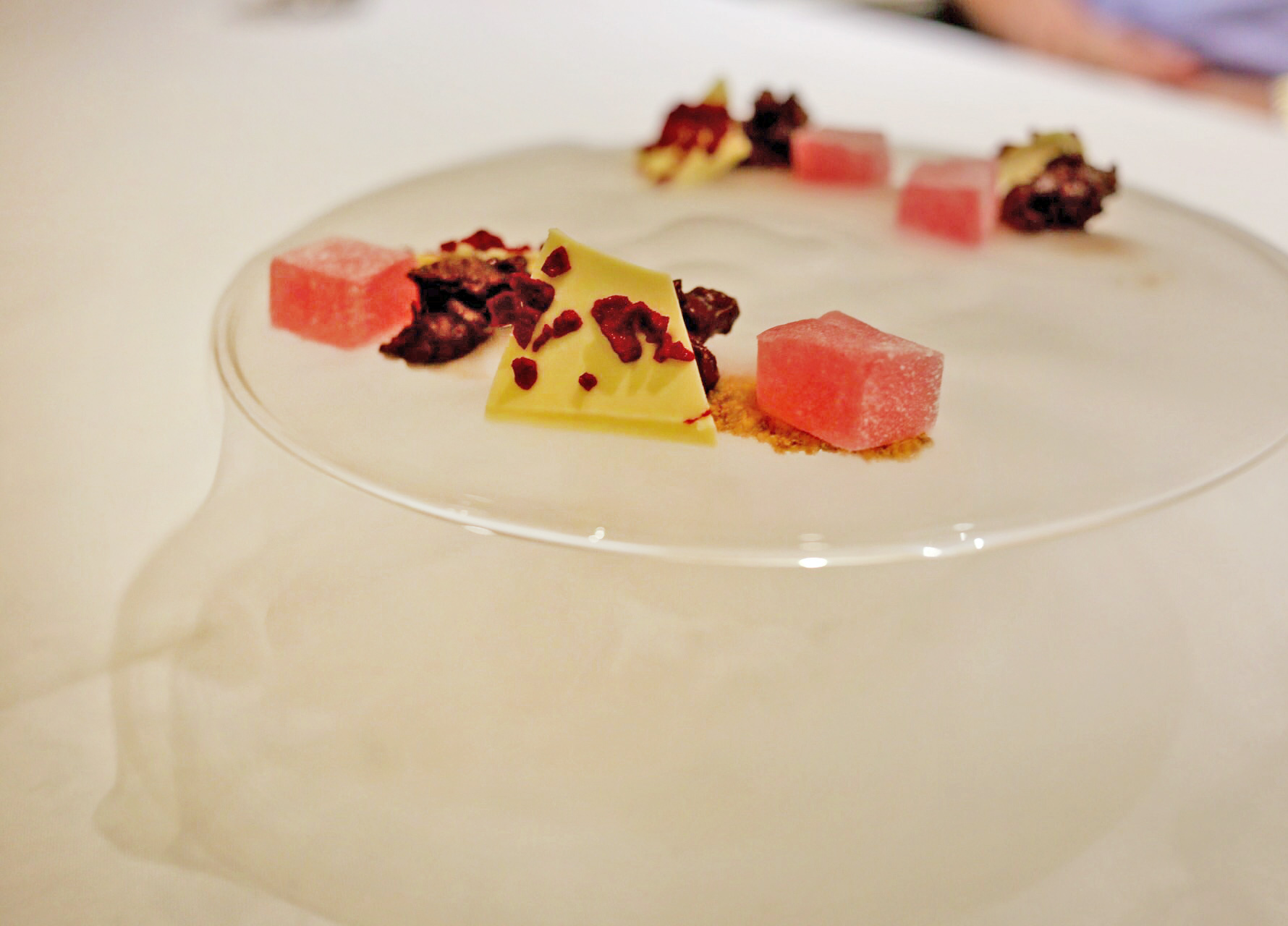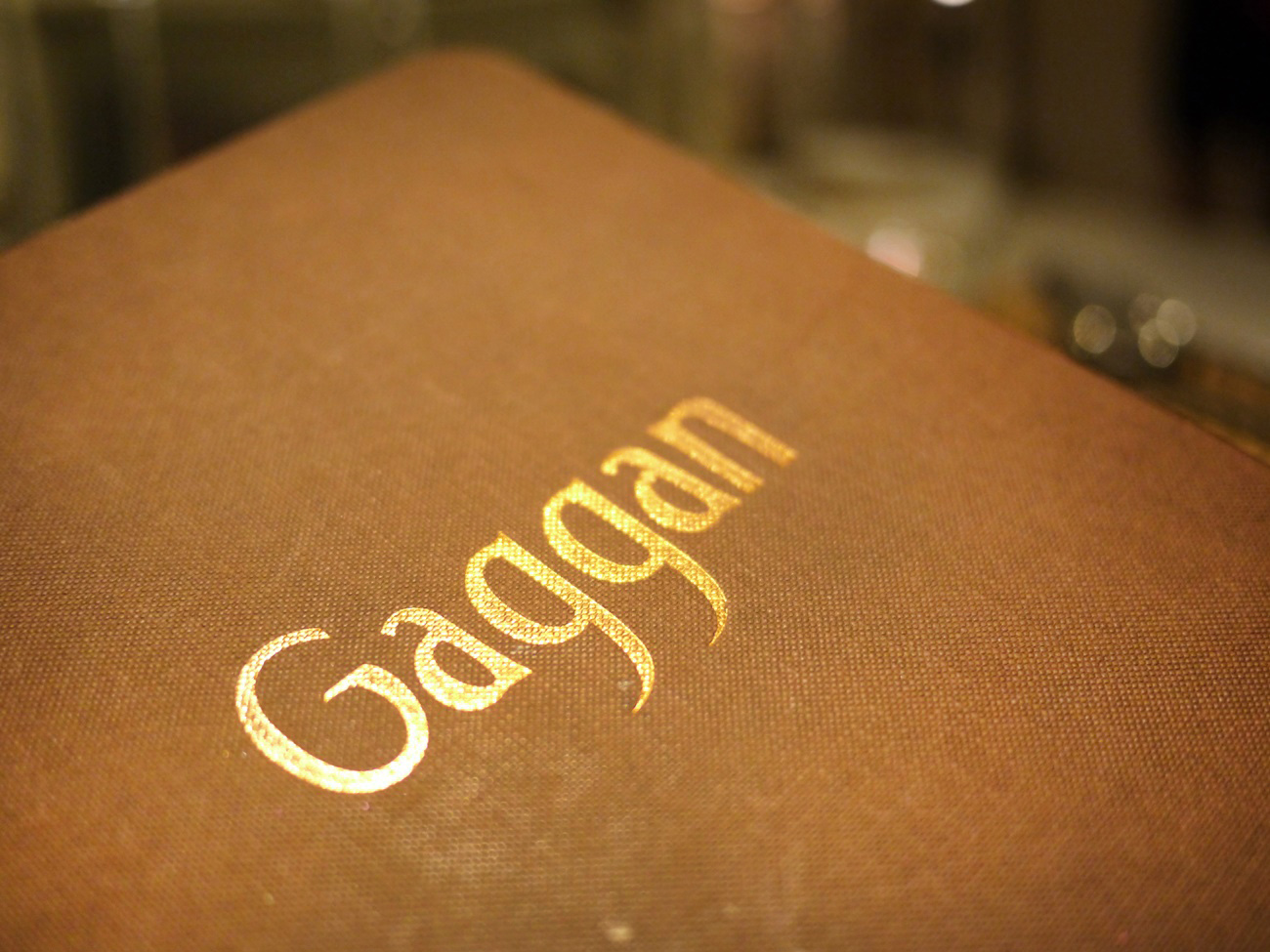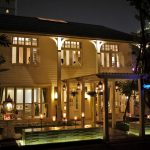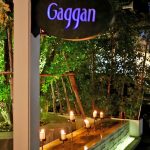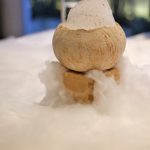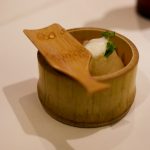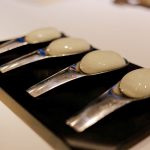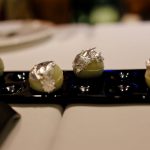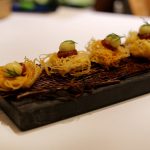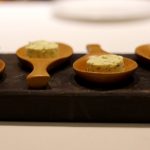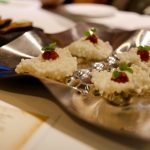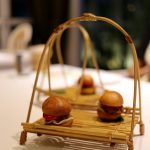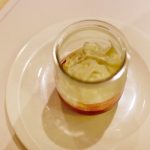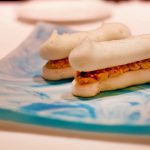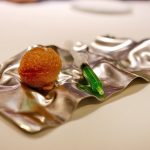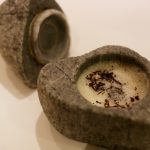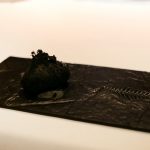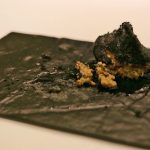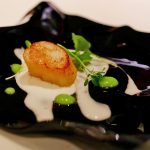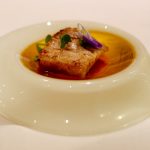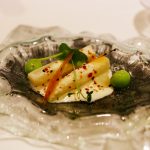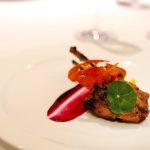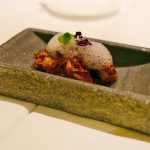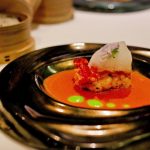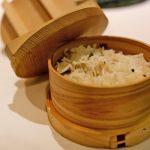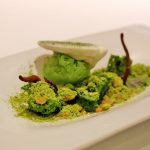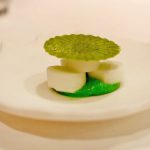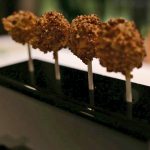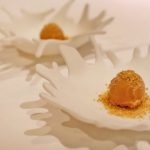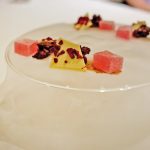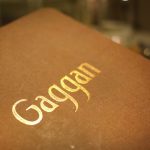CLICK ON THE MAIN PHOTO ABOVE TO VIEW CAPTIONS IN GALLERY FORMAT
Image 1: Bangkok is a city full of surprises and this is another unexpected experience! After almost an hour of mostly being stuck in the mad traffic, a white colonial house appeared just off a busy road in the center of town. Although the place didn't look Indian nor Thai, it was actually the spot where an Indian chef has been cooking in Bangkok for most of his life.
Image 2: While I was in town for a short holiday, I couldn't restraint myself for visiting what's now known to be the best restaurant in Asia according to the 2015 S.Pellegrino's 50 Best list. On the night of my visit, there was a group tour from India specifically to visit Gaggan! The 50 Best list surely did boost his fame back home!
Image 3: Beautiful dining room but might be a bit disconnected from what Gaggan described as the "Progressive Indian Cuisine". It didn't take me long from a quick chat with him to realise his cooking was heavily influenced by El Bulli. He emphasised a few times that what Ferran has done was creating a new branch of cooking that opened the door to many young chefs in all cultures. And Gaggan is right!
Image 4: After a tiring and a hot day in Bangkok, we ordered a refreshing locally sourced ginger beer infused with cinnamon followed by…
Image 5: … Coconut lassi - a twist of the Indian classic with foam. A nice fusion of the local culture where local often sip directly from the coconut.
Image 6: The first amuse bouche arrived. Burnt mango panna (India raw mango drink), which consisted of a few drops of caviar and mango sorbet topped with yoghurt.
Image 7: “Yoghurt explosion” was an emulsion of yoghurt flavoured to taste like eggs. As expected, it exploded in my mouth once I bit on it.
Image 8: The server explained all these amuse bouche was Gaggan's modern version of Indian street food and the idea of this edible plastic spiced nuts was from the traditional Indian street nuts vendor. He further explained as opposed to eating out from a bag, you eat the bag too. Fun snack, in particular the light touch of wasabi!
Image 9: More Indian influenced snack - Chocolate Pani-puri. White chocolate sphere filled with spiced pani-puri liquid inside.
Image 10: Things got more interesting as the meal progressed. Potato 2-some-crispy and liquid - what looked like an egg in the bird's nest was actually crispy potato topped with tamarind chutney and potato gel. It was a modern take on a popular Indian snack with a lovely play of potato in two textures. Excellent!
Image 11: More Indian street food - Bengali mustard and nor pakoda.
Image 12: Anyone who has been to an Indian restaurant would probably have tried Papadam and tomato chuney.
Image 13: The last amuse bouche was keema pao. We were told that this is the most popular amuse bouche of the restaurant and many guests have even ordered extras. To me, it was simply a minced lamb burger! The actual tasting menu final began after the long set of "Indian street food".
Image 14: The first course was “Say Cheese”. Hot shuffle of four types of cheese and crispy rice cereals floating on top of green chilly oil. The combination of cheese included blue cheese which was quite strong for a starter but then it got balanced out by the slightly sweet emulsion of green chilly oil (the red layer at the bottom). More like a cheese course than a starter!
Image 15: Many European ingredients were flown in twice a week and this was an example of how he used them. Sandwich - Foie gras mousse with onion chutney and hazelnut candy sandwiched inside an onion water baguette. The smooth and rich foie was paired pretty well with the sweetness of the onion chutney. Very enjoyable course!
Image 16: Those who opted out from the foie were served with a special course of deep fried beans with a syringe of Indian herbs. We were asked to put the ball in our mouths then inject the syringe. Well, it was more weird than special!
Image 17: Big pieces of black rock was placed in front of us and we were instructed to open it up for the “Down to Earth” course. A combination of summer vegetables - asparagus, morels, artichokes with 62°C egg yolk and truffle chili air. Intense flavours with earthy aftertaste.
Image 18: The next course was the “Charcoal” and the description in the menu was “Be surprised!!! We won’t tell you what it is.”
Image 19: It did resemble a piece of charcoal indeed.
Image 20: Encased in a black shell was spiced seabass. Good flavours!
Image 21: Then came the “Treasure Shells” which consisted of Norwegian diver scallops, coriander herb oil gel, and young coconut curry. Surprisingly, the combination of coriander, coconut, and scallop binded well together!
Image 22: The "Portuguese Connection” was Joselito Iberian pork belly stir-fried with vanilla curry and sweet potato. Though I could not taste the vinadaloo flavour, the pork melted in the mouth without being greasy at all.
Image 23: Another creative name - "Fusion called Confusion". White asparagus from Peru rested on chilli miso curry and garnished with fake green peas and sesame miso chips. It was a decent course but the last few courses had too little Indian flavours. This part of the menu seemed to be slightly out of tune from what I expected to be a "progressive Indian cuisine"!
Image 24: And then came the course that I was looking forward to in the entire menu - “Best Memory". Free-range lamb chops sous-vide, grilled and finished with almond saffron oil. The sous-vide technique preserved the tasty flavours of the lamb that I could not stop eating it down to the bones. Perhaps it was named best memory for this reason?!
Image 25: The other meat choice was tandoori chicken. Yes, just a simple Indian tandoori chicken but this was the best one I have had in my life. The powerful spice with an intense flavour! Glad to know that Gaggan can actually make very good traditional Indian food. I later found out that he had many years of experience in an Indian kitchen before launching his progressive cuisine.
Image 26: The last main course was “Land of Lungi” which was cold water Atlantic lobster cooked in malabar coconut curry served with steamed jasmine rice. The lobster was perfectly timed and sat on top of the concentrated spicy curry.
Image 27: We had to eat it together with the rice in order to balance out the heat from the spice! Wow!
Image 28: Dessert time! The first dessert, "Made in Japan", showed Gaggan’s love on Japanese cuisine. This dish consisted of matcha tea-cake, mascarpone cream, vanilla salt, and fresh wasabi!
Image 29: Next was the Poor man’s porridge - Firni-jasmine rice ice-cream, pistachio crisps, rose room-freshener! Rightly said, this was quite a fragrant course. The jasmine rice aroma stood out from the ingredient itself, intensified by the room-freshener. It definitely reminded me of DKNY at Can Roca, but not quite to that standard.
Image 30: Inspired from the popular ice cream brand “Magnum”. Here, they created their fantasy with chocolate.
Image 31: Finally back to Indian after travelling around the world! A modern version of Masala Chai using iced sorbet of masala chai distilled with saffron and cardamom; a textural transformation of the traditional spiced black tea.
Image 32: Lastly, our friendly server brought us a beautiful plate of petits fours to conclude the meal. The service throughout the meal was smooth with sufficient information for us to understand the background behind each course.
Image 33: Gaggan did an amazing job of re-inventing a variety of street food from his home country. Although the long set of amuse bouche showcased the flavours of what Indian cuisine could offer to the fine dining world, I expected even more an Indian twist to the menu since the main section was dominated by European dishes - foie gras, truffle soup, Norwegian scallop, and Iberian pork. As that being said, I am already looking forward to my next visit!
